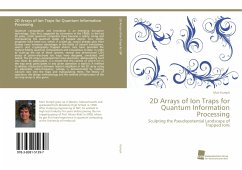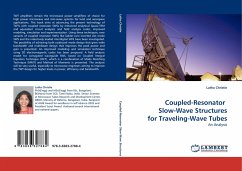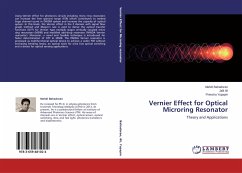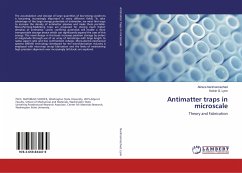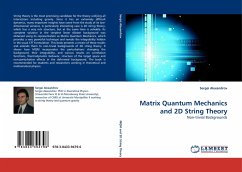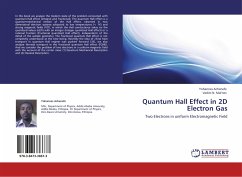Quantum computation and simulation is an emerging disruptive technology. Only first suggested by visionaries in the 1980s, in the last 30 years, small quantum computers have become a reality. Using and manipulating the quantum states of trapped atomic ions, simple programs have been run, which if scaled-up, would already give their human users immense advantages in the fields of natural simulations, search and cryptography. Trapped atomic ions have provided the highest fidelity quantum computations and simulations to date. In order to scale-up the use of these systems, several two dimensional (2D) arrays of planar-electrode ion traps were designed, simulated, and tested. The 2D arrays presented here have electronic addressability built into them. By addressable, it is meant that the control of which ion in the trap array participates in any given operation is explicit. A method to address interactions between nearest neighbors in the 2D array using an adjustable radio-frequency voltage is demonstrated by loading calcium ions into the traps and manipulating them. The theory of operation, the design methodology and the method of fabrication of the ion trap arrays is also given.

